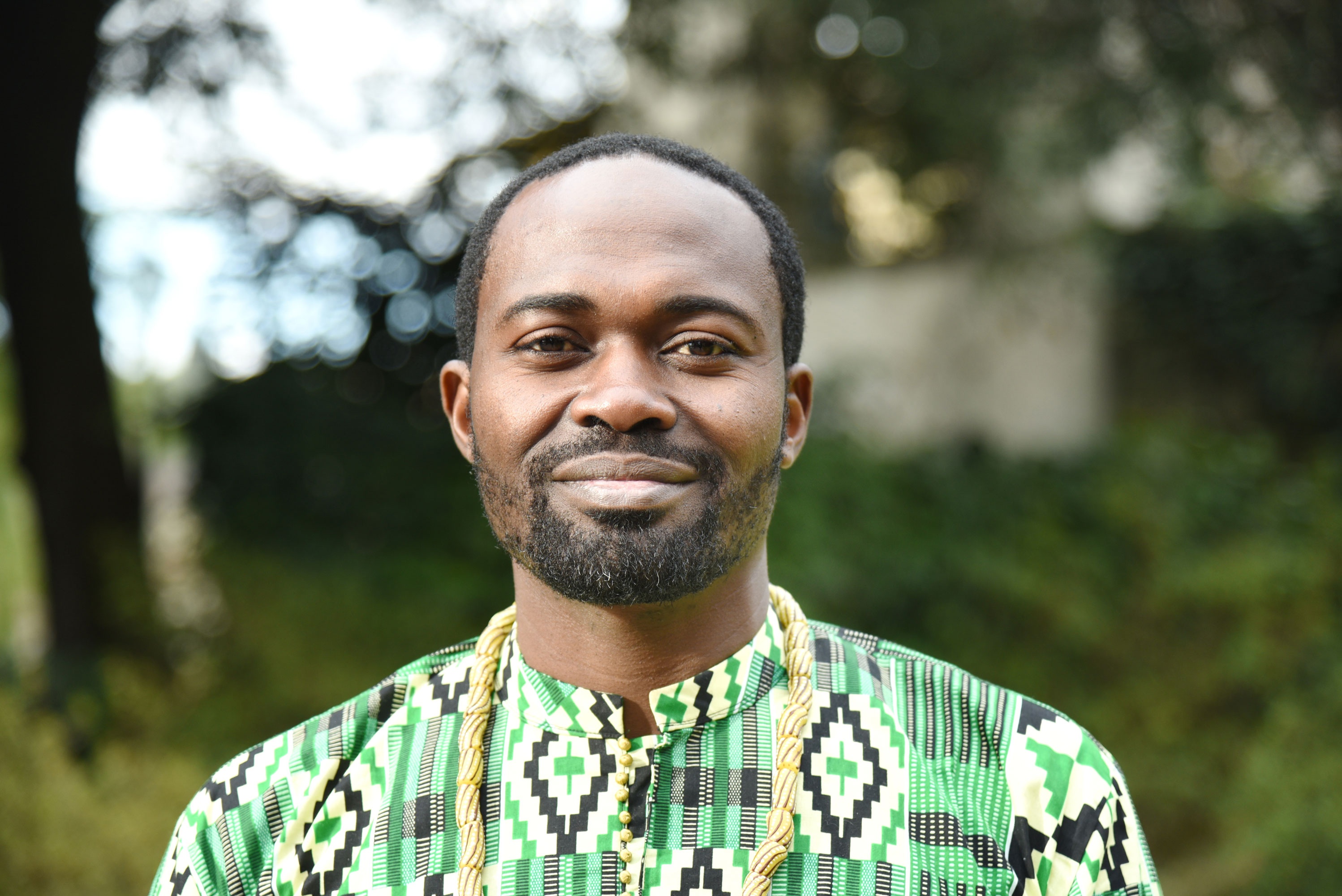Jacques Aymeric Nsangou
Material Culture of African Resistance to the Slave Trade: The Case of the Angolares of São Tomé (16th-19th century)
2024-2025 (January-June)

Biography
Jacques Aymeric-Nsangou studied at the University of Yaoundé I (Cameroon), where he received his B.A. and M.A. in Archaeology and Cultural Heritage Management, and the University of Geneva (Switzerland), where he received his Ph.D. in Archaeology in 2019. He was a joint postdoctoral fellow at the DHI Rom / Villa I Tatti (2021-2022), and the SNSF postdoctoral fellow at the University of Manitoba since September 2022. He is a specialist in African endogenous fortifications, the history of settlement, and the post-1500 period in West Africa. He is the author of the open-access book Les fortifications endogènes au Sénégal Oriental.
Project Summary
The connections between the Atlantic Ocean and the Mediterranean Sea during the Slave Trade are increasingly well-known. Involving the forced displacement of millions of people from Africa, the uprooting caused by the Atlantic Slave Trade did not take place without resistance on the part of Africans. This resistance manifested in different ways, and their material aspects are still poorly understood. Such is the case with the material culture of the Angolares of São Tomé. A Maroon community formed in the sixteenth century, Angolares resisted recapture attempts organized by the Portuguese plantocrats. From a distance and indirectly, the Angolares maroons came into contact with the Mediterranean world on the island of São Tomé through the Portuguese settlements and the Roman Catholic Church. What remains of their marronage? How did the material culture of the Atlantic world penetrate their world? This research project is one stage in reconstructing the material culture of African resistance to the Slave Trade.
